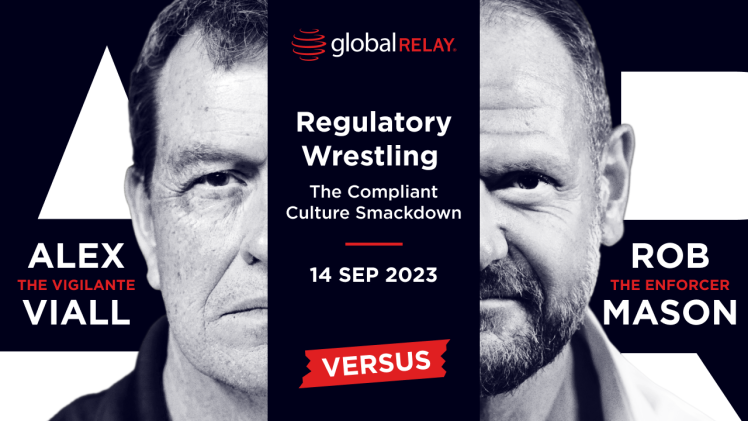If you’re building AI agents today, you’re not just writing code—you’re architecting systems that will need to comply with regulations that don’t exist yet.
Here’s the uncomfortable truth: governance frameworks for AI agents are coming. Fast. And most teams are building agents the same way they built traditional software, which means they’ll need expensive rewrites when compliance requirements hit.
The Critical Mindset Shift
Traditional software development follows one basic principle: “Write code that works”
AI agent systems introduce a complex and nuanced approach: “Build infrastructure that constrains, observes, and governs autonomous behavior”
You’re not building an application. You’re building a platform for safe agent operation.
12 Architecture Patterns That Future-Proof Your Agents
1. Comprehensive logging from day one
Every LLM call, every decision, and every action must be logged with context. Not just for debugging, but for audit trails that regulators will inevitably demand. When creating AI agents, maintain comprehensive logs, which include:
- Complete prompt/response pairs
- Agent reasoning chains
- All data sources accessed
- Actions taken (or denied)
- Timestamps and trace IDs
2. Declarative policy frameworks
Hard-coding rules into agent logic is a trap. Build a policy layer that:
- Lives separately from agent code
- Can be updated without redeployment
- Supports version control
- Allows tenant-specific policies
When regulations change or you discover edge cases, you update policies—not code.
3. Authorization before action
Agents should ask permission, not forgiveness. Implement:
- Pre-action authorization checks
- Different approval workflows based on risk
- Clear authority boundaries
- Escalation paths for edge cases
As an example, an expense agent should be able to approve $50 lunches automatically but escalate $5,000 travel expenses to a human.
4. Kill switches and circuit breakers
You need the ability to stop agents instantly if things go wrong. Ensure you build:
- Global emergency stop
- Per-agent pause capability
- Rate limiting
- Automatic circuit breaking on error rates
The goal isn’t zero failures—it’s containing failures quickly.
5. Continuous evaluation, not just testing
Don’t just test before deployment. Run evaluations continuously in production:
- Sample real requests and evaluate responses
- Track quality metrics over time
- Detect drift automatically
- A/B test agent changes
Your agent will encounter scenarios you never imagined. Continuous evaluation catches degradation before users do.
6. Standardized agent interface
Build every agent with the same contract:
- metadata() – What can this agent do?
- execute() – Standard request/response pattern
- health_check() – Is this agent working properly?
This standardization makes it trivial to add new agents and plug into future governance platforms.
7. Central control plane
Route all agent operations through a single control plane that handles:
- Authorization and authentication
- Policy enforcement
- Logging and monitoring
- Budget enforcement
- Health checks
This gives you one place to enforce governance across all agents.
8. Built-in explainability
Design agents to explain their reasoning. Ensure they have:
- Chain-of-thought tracking
- Evidence sources
- Alternatives considered
- Confidence scores
- Known caveats
Explainability isn’t optional—it’s required for regulated industries and will be table stakes everywhere else.
9. Multi-tenancy from the start
Even with one customer, design for many:
- Tenant-scoped data access
- Per-tenant policies and budgets
- Isolated configurations
- Usage tracking by tenant
Adding multi-tenancy later means rewriting everything that touches data. Create it from the outset to avoid more work later down the line.
10. Idempotency and retry logic
Networks fail. APIs timeout. Users double-click. Build agents that:
- Handle duplicate requests safely
- Use idempotency keys
- Retry with exponential backoff
- Distinguish transient from permanent errors
Your agent will be called multiple times with the same request. Plan for it.
11. Cost and performance budgets
Build cost awareness into agents from the start:
- Track tokens and API calls per request
- Enforce budget limits
- Monitor for cost anomalies
- Report usage by tenant and agent
Runaway costs are a governance issue, not just an ops issue.
12. Version control for agent behavior
Track not just your code, but your agent’s behavior:
- Version prompts and policies
- Enable rollbacks
- A/B test changes
- Maintain audit history
When something goes wrong, you need to know exactly what version of the agent was running.
What Building Future-Proof AI Agents Buys You
When governance frameworks mature – and they will – you’ll be ready to:
- Comply quickly – Update policies without touching code
- Audit easily – Complete trail of every agent action
- Migrate seamlessly – Swap models, providers, or platforms
- Scale confidently – Add agents without architectural changes
- Debug effectively – Trace decisions back to their inputs
- Optimize continuously – Identify costs and bottlenecks
- Trust gradually – Expand authority as agents prove reliable
Think of it as your agent’s “flight recorder.” When something goes wrong (and it will), you need to know exactly what happened.
The Bottom Line
Start conservative. Build the infrastructure. Let the agents prove themselves.
The agents will improve faster than your ability to govern them—so build the governance layer first.
Don’t wait for regulations to force expensive rewrites. Build for governance from day one, and you’ll be positioned to move fast while others are scrambling to catch up.
*The views expressed within this article are the author’s own and not those of Global Relay. They do not constitute advice.
If you’re interested in understanding how Global Relay’s approach to AI differentiates us, you can find out more in our guide.




